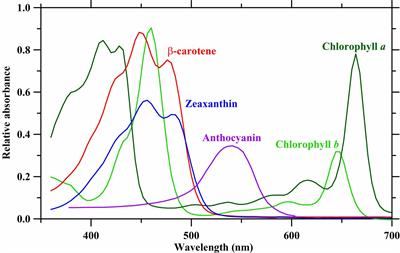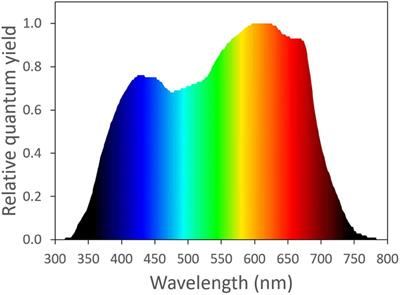I've got 2
Raging Kush 2 lights arriving today. They state that you can adjust each spectrum individually without loss of power / ppfd. So for example, the blue channel has it's own driver, same with far red, uv, etc. I can see this as a huge advantage in understanding what does what exactly and being able to say tune blue at 1500PPDF or switch to Red leaning, but still at 1500 PPFD. Have some real control over Veg / Flower spectrums.
I can't wait. Friggin christmas in june!
But yeah UVB does not come from LEDs except for maybe a few seconds until they burn up.
I've got an Apoge Par/Far REd that does the typical visible spectrum PPFD and then a 2nd sensor for Far Red you get to with a switch. I think I spent $600 or so a few years ago? If I had it to do over again I still would, but if budget constrained I would advise against it.







